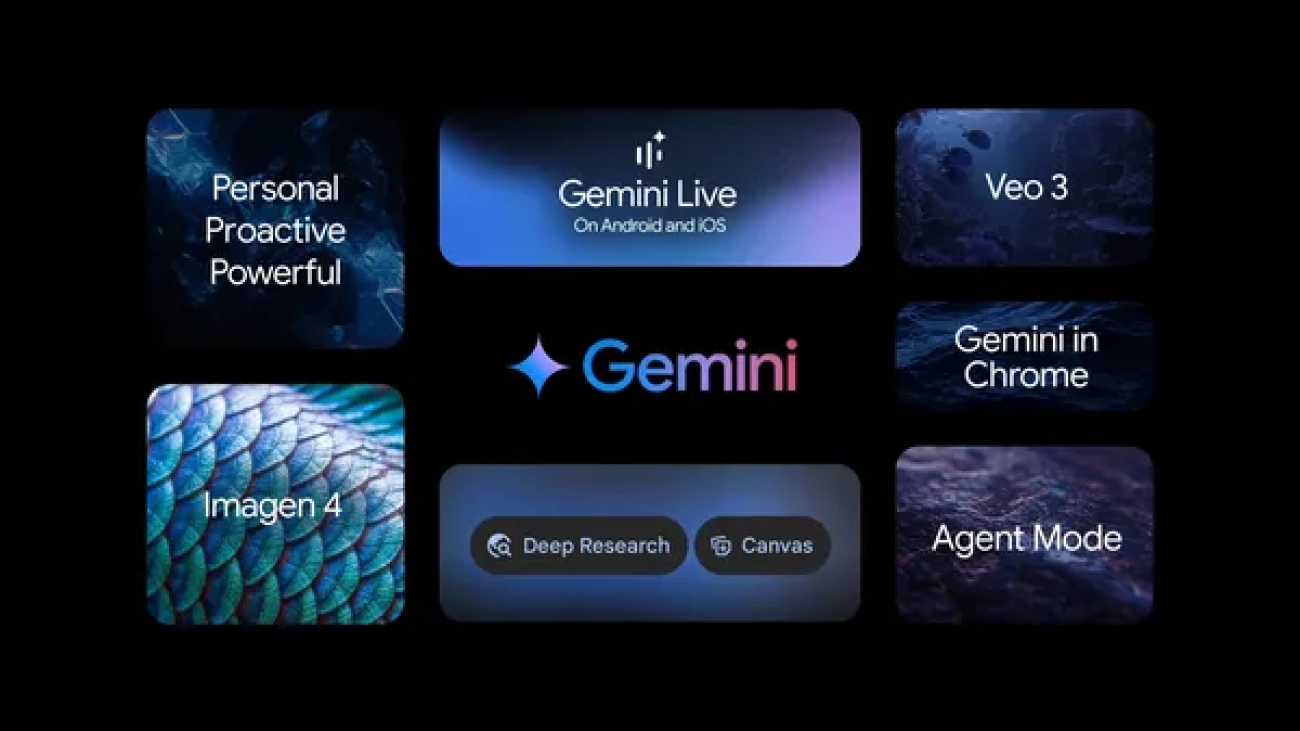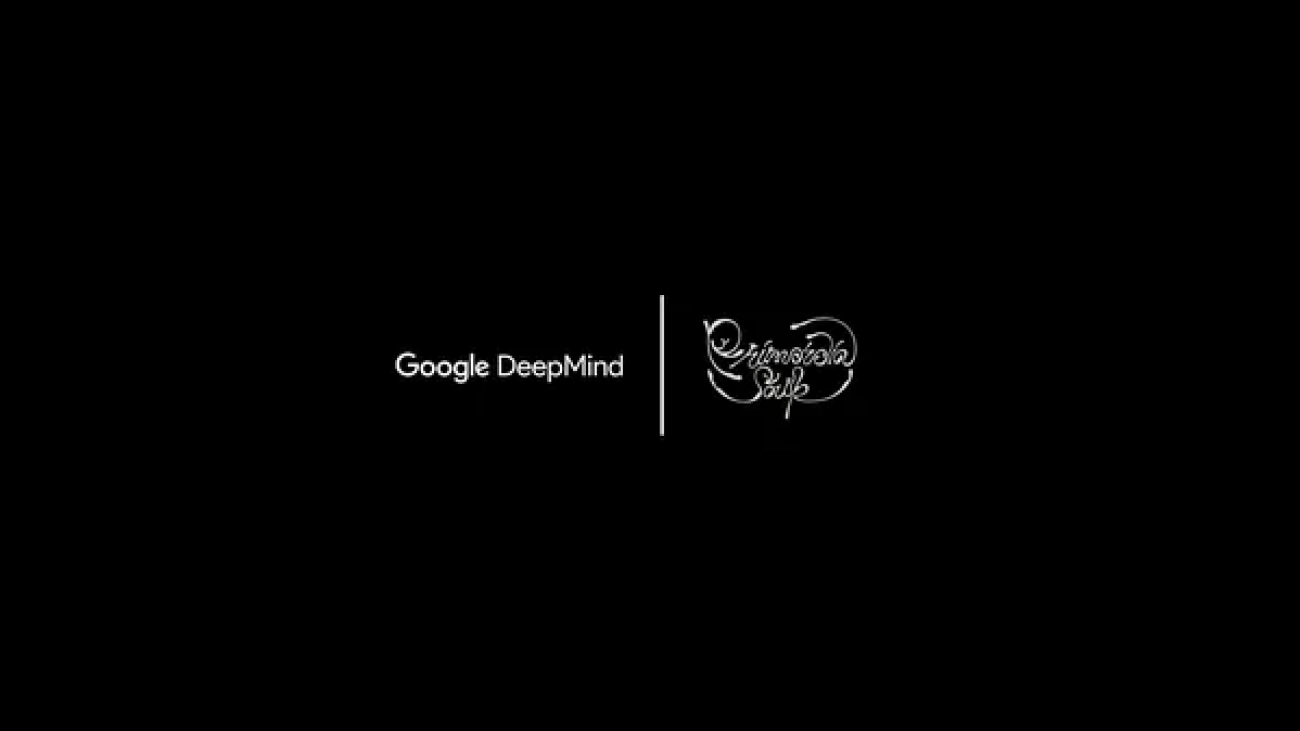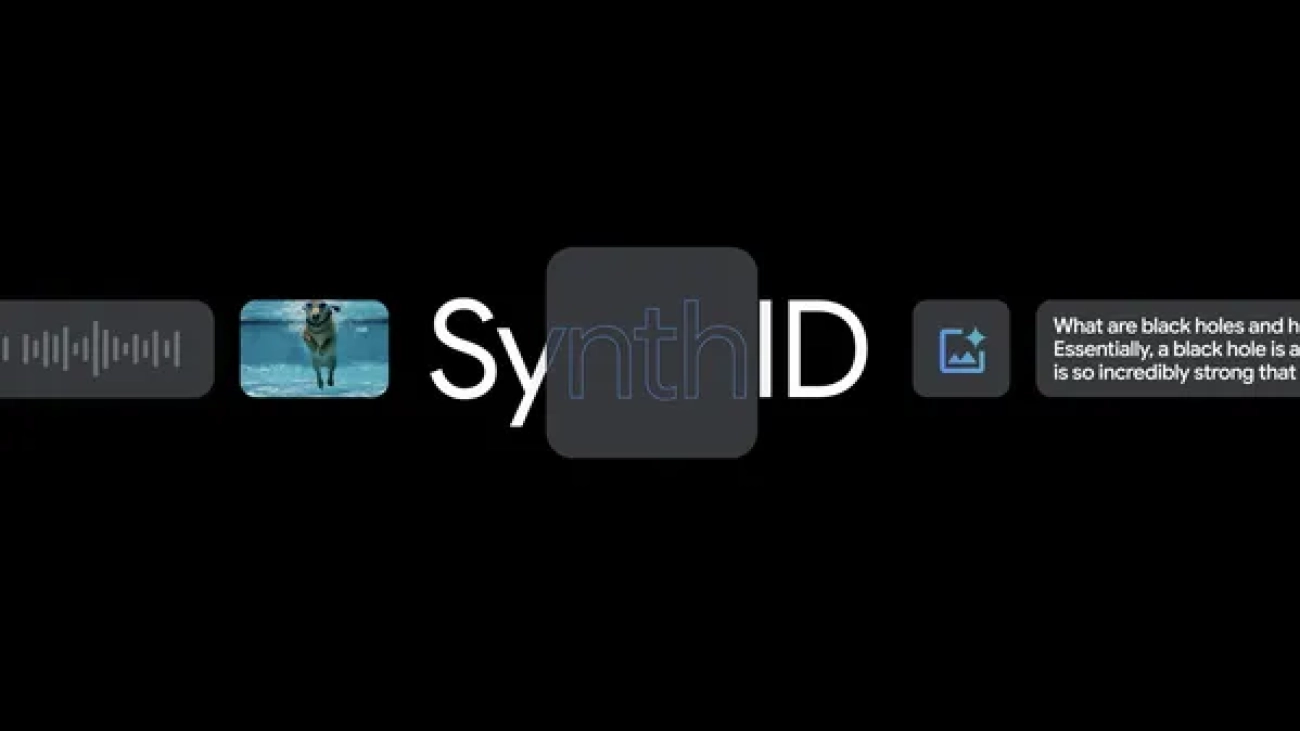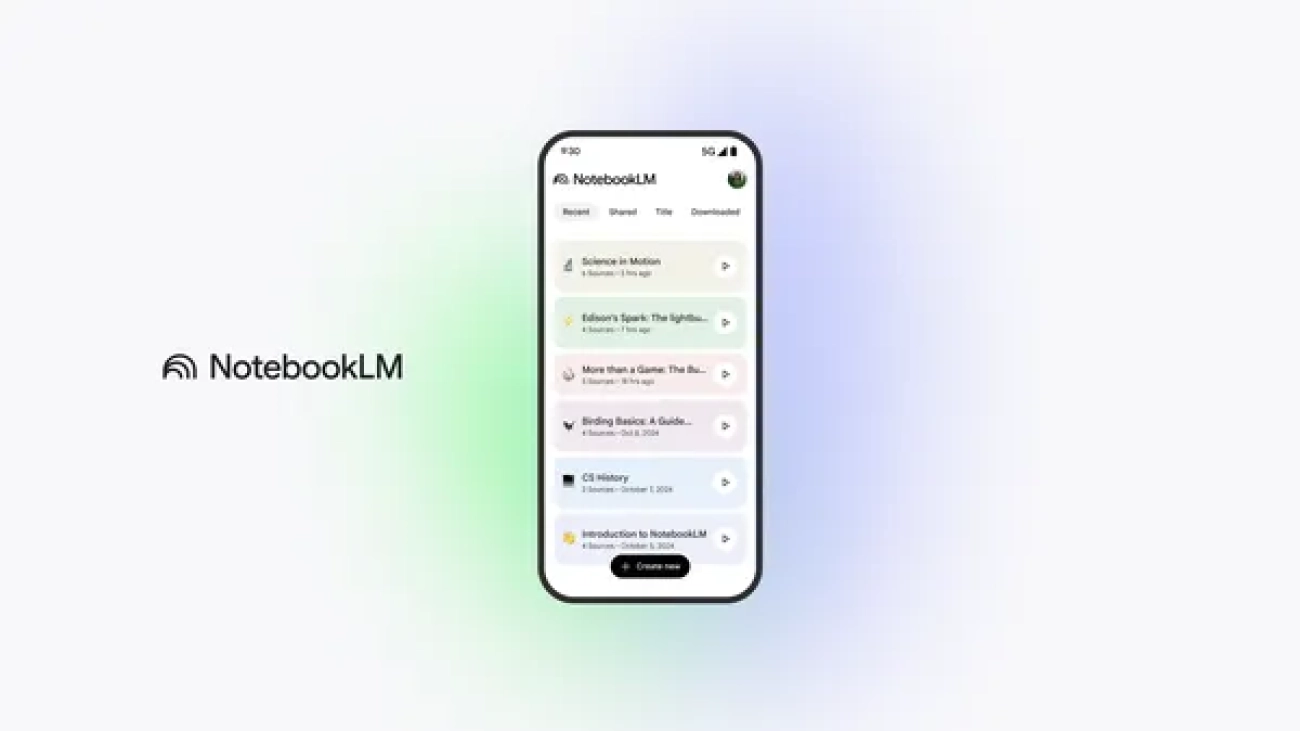 From Imagen 4 and Veo 3 to Flow, try these new generative media tools today.Read More
From Imagen 4 and Veo 3 to Flow, try these new generative media tools today.Read More
Gemini 2.5: Our most intelligent models are getting even better
 At I/O 2025, we shared updates to our Gemini 2.5 model series and Deep Think, an experimental enhanced reasoning mode for 2.5 Pro.Read More
At I/O 2025, we shared updates to our Gemini 2.5 model series and Deep Think, an experimental enhanced reasoning mode for 2.5 Pro.Read More
Gemini gets more personal, proactive and powerful
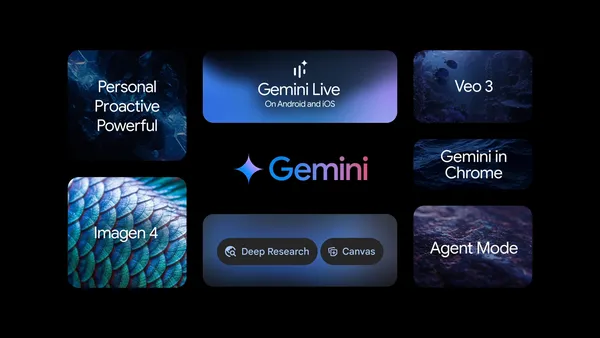 The Gemini app is getting major new updates, from Veo 3 and Imagen 4 to Deep Research and Canvas.Read More
The Gemini app is getting major new updates, from Veo 3 and Imagen 4 to Deep Research and Canvas.Read More
Darren Aronofky’s Primordial Soup and Google DeepMind are partnering to explore AI’s role in storytelling.
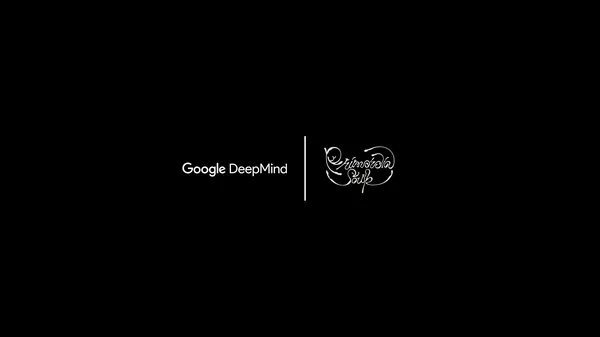 Today, we’re announcing a partnership between Google DeepMind and Primordial Soup, a new venture dedicated to storytelling innovation founded by pioneering director Darr…Read More
Today, we’re announcing a partnership between Google DeepMind and Primordial Soup, a new venture dedicated to storytelling innovation founded by pioneering director Darr…Read More
Our vision for building a universal AI assistant
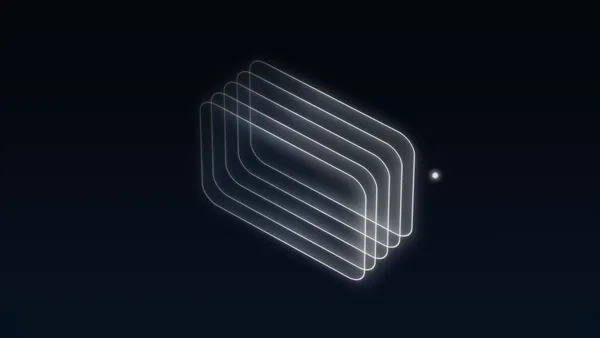 At Google I/O, we discussed how we’re extending Gemini to become a world model.Read More
At Google I/O, we discussed how we’re extending Gemini to become a world model.Read More
Google I/O 2025: From research to reality
 At our annual developer conference, we announced how we’re making AI even more helpful with Gemini.Read More
At our annual developer conference, we announced how we’re making AI even more helpful with Gemini.Read More
AI in Search: Going beyond information to intelligence
 Today at I/O, we showed how we’re enhancing Search with our latest Gemini models via AI Mode.Read More
Today at I/O, we showed how we’re enhancing Search with our latest Gemini models via AI Mode.Read More
SynthID Detector — a new portal to help identify AI-generated content
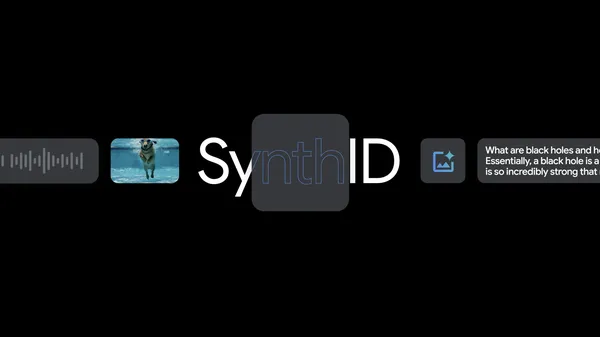 Learn about the new SynthID Detector portal we announced at I/O to help people understand how the content they see online was generated.Read More
Learn about the new SynthID Detector portal we announced at I/O to help people understand how the content they see online was generated.Read More
Shop with AI Mode, use AI to buy and try clothes on yourself virtually
 Learn more about Google’s new shopping features in AI Mode as well as a new virtual try-on tool that works with personal photos.Read More
Learn more about Google’s new shopping features in AI Mode as well as a new virtual try-on tool that works with personal photos.Read More
Understand anything, anywhere with the new NotebookLM app
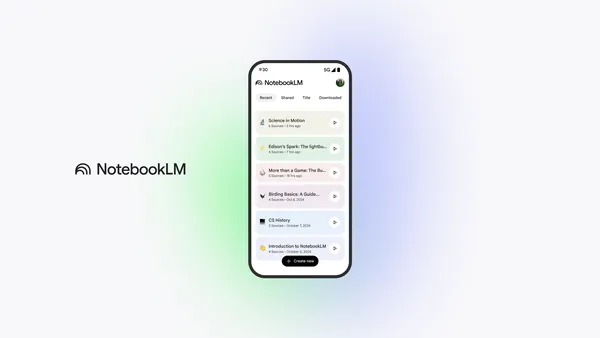 We’re launching the new NotebookLM app, designed to help people understand anything, anywhere.Read More
We’re launching the new NotebookLM app, designed to help people understand anything, anywhere.Read More



